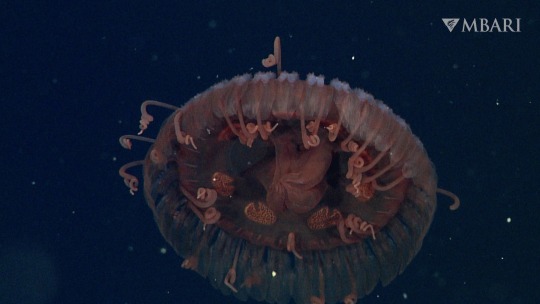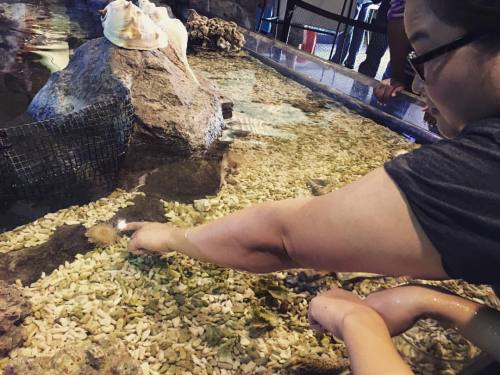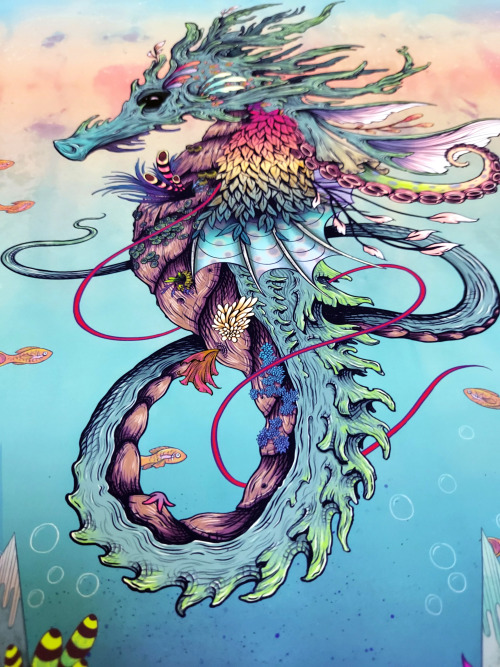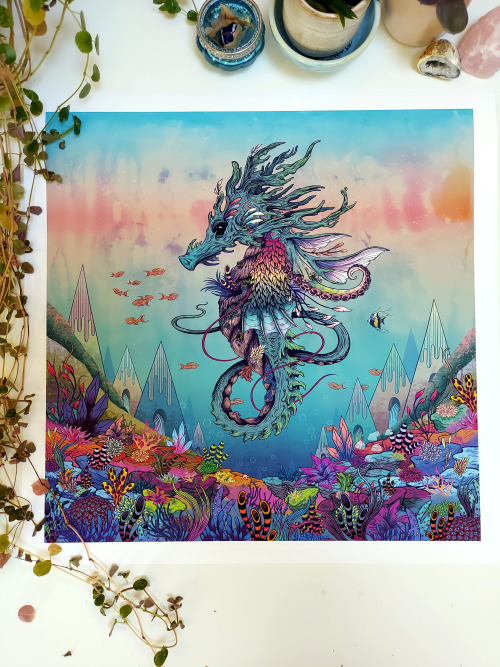#sealife
Ethereal jellyfish #aquarium#statefairoftexas#statefair#statefairoftx#tx#texas#sealife#wildlife#ocean#jellyfish#beautiful#animals (at Children’s Aquarium at Fair Park)
Our little friend Colson trying to feed the stingray at the #texasstatefair. #statefairoftx#fun#statefair#texas#tx#sealife#wildlife#stingray#pettingzoo#ocean#sea#exciting#statefairoftexas#animals#aquarium# (at Children’s Aquarium at Fair Park)










Lazzarini Design Studio, “Avanguardia”. Avanguardia is replete with flowing lines and subtle curves that give her the elegant silhouette of a real-life swan. The gargantuan vessel is split into five separate decks and can fit up to 60 seafarers. Just like the animal, the “head” (a.k.a. the control tower) acts as a brain to maneuver the vessel. But it also doubles as a separate 50-foot cruiser that can carry out requisite day-time jaunts.
holidays are no more! this is the sad reality.
but at least I brought a little memory of them back to my home, in the shape of mini characters.
a poster has already been made out of them and will be part of a big show I cannot tell about yet. so far I can share with you some pics taken from my sketchbook, collected along July and August around Tuscany.
Post link
Lost in my mind, embroidery and painting, 50x40cm, 2020.
.
Available/Disponible
.
.
#juliesarloutte #broderie #embroidery #fiberart #art #brodado #embroidering #sea #sealife #underwater #underthesea #bulle #wwf #aquatique #eau #water #embroideryart #paintings #paint #fiber #painting #art #tableau #fondmarin #arttextile #textileart #scaphandre #scaphander #threadpainting #thread #aquatic
https://www.instagram.com/p/CHqSsPdnArt/?igshid=cu040tk9j6vp
Post link

Sunset in Corsica

Photo: Vizerskaya
Floating along with one of the most remarkable residents of the deep sea—a Pantachogon haeckeli jelly.
There are only three known species of jellyfish in the genus Pantachogon. Sometimes called the cupcake jelly, we most often observe these tiny jellies from 1,000 to 2,000 meters (3,280 to 6,560 feet) deep in the Monterey Bay. We know very little about this species, but thanks to our remotely operated vehicles (ROVs), we can capture video footage of these incredible animals in their natural habitat. These videos and images let us capture the true magnificence of many delicate deep-sea animals so we can share them with you!
This individual was filmed by the ROV Doc Ricketts in the Monterey Bay at 873 meters (2,865 feet) deep.
Just going with the Friday the 13th flow.
These eyeless, mouthless worms lurk in the dark, settling onto dead animals and sending out green “roots” to devour their bones. In fact, such “boneworms” do exist in the deep sea. After planting several dead whales on the seafloor, MBARI biologists found that more than 20 different species of boneworms may live in Monterey Bay alone.

Since 2004, scientists worldwide have discovered 32 species of Osedax occurring at depths from 10 to 4,000 meters (30 to 13,125 feet). Various species can colonize a broad array of bones from fish, marine mammals, birds, turtles, and terrestrial mammals. These worms can quickly consume bones, removing visual evidence of a sunken whale skeleton in as little as a decade.
Nothing says Mother’s Day like killing a salp and eating its insides to lay your eggs. #momlife
The barrel amphipod, Phronima sedentaria, uses its sharp claws to snag a salp, then rips out the soft tissues inside. But that salp is more than a meal—the amphipod carries around the carved-out carcass as its home. It even “remodels” its shelter by reshaping the barrel and secreting chemicals to toughen its tissues. Female barrel amphipods lay their eggs inside the salp and their hatchlings feast on the salp’s tissues.These tiny deep-sea treasures are about four centimeters (1.5 inches) long and are typically found from the surface to 600 meters (2,000 feet) deep.Dragonfish lurk in the dark depths
During a recent expedition aboard our research vessel Western Flyer, MBARI’s science team encountered a beautifully bronze deep-sea dragon. Meet the highfin dragonfish, Bathophilus flemingi.

MBARI researchers have observed a few different dragonfishes in the depths of Monterey Bay, but this one is the rarest we’ve encountered. We’ve only seen this particular species four times in more than three decades of deep-sea research and more than 27,600 hours of video! We spotted this individual just outside of Monterey Bay at about 300 meters (980 feet).

Bathophilus flemingi can be up to 16.5 centimeters (6.5 inches) long. Its fins have long, thin rays. Scientists suspect those wing-like filaments may sense vibrations in the water, alerting the fish when predators or prey are approaching. They likely provide stability and keep the fish from sinking while it lies in wait for food. These dragons don’t have scales—they have smooth, dark skin. Research by MBARI and our collaborators has revealed the pigments in the skin of some deep-sea dragonfishes are some of the blackest blacks found in nature, all the better to camouflage in the ocean’s midnight zone. Learn more on our Creature feature.
A shimmery moment of zen ✨
The dazzling deep-sea dweller Beroe forskalii is a fierce predator. Comb jellies, or ctenophores, are gelatinous animals that swim by waving tiny hair-like projections called “ctenes.” Beroe also has tiny hairs along its wide mouth that act like teeth and help it grab onto its prey. When it bumps into another comb jelly, it holds on using these “teeth,” opens its mouth wide, and tries to swallow its prey whole.ACTUAL FOOTAGE of us going into weekend mode.
Feather stars are echinoderms like the more familiar members of that group—sea stars, sea cucumbers, and sea urchins. Also known as crinoids, these graceful invertebrates can be found at depths ranging from shallow waters to deep areas on the seafloor from the Aleutian Islands off Alaska to Baja California, Mexico. Unlike their sea lily relatives, feather stars can swim away at the slightest disturbance.New species alert!
Atolla is one of the most common residents of the ocean’s midnight zone. This deep-sea crown jelly is found worldwide and can be abundant in deep water. Its bell has a signature scarlet color and bears one tentacle much longer than the rest. When MBARI researchers spotted a jelly that looked likeAtolla, but lacked the telltale trailing tentacle, their curiosity was piqued.

MBARI researchers have published the scientific description of a large new species of Atolla. They’ve named their discovery Atolla reynoldsi in honor of Jeff Reynolds, the first volunteer @montereybayaquarium, MBARI’s education and conservation partner. Learn more about the new species on our website.
It’s a jelly. It’s an egg case. It’s a … worm?
The balloon worm (Poeobius meseres) hardly looks like a worm at all. It lives in the midwater—the vast expanse of open water deep below the surface and far above the seafloor. Most marine polychaete worms—the more elaborate relatives of earthworms and leeches—have a clearly segmented body. Their bodies are divided into many nearly identical, repeated parts. Typically, each of those repeated parts is studded with several stiff bristles. Poeobius, however, has a bag-like body filled with fluid that, together with its thick gelatinous coat, provides buoyancy to help it stay up in the water column effortlessly. 
Poeobius is a common and very abundant resident of the midwater of Monterey Bay. It drifts through the water, collecting and eating bits of sinking organic matter in a mucous net. This little worm is actually an important part of cycling nutrients like carbon from the ocean’s surface to its depths. Learn more about these wondrous worms on our website.













